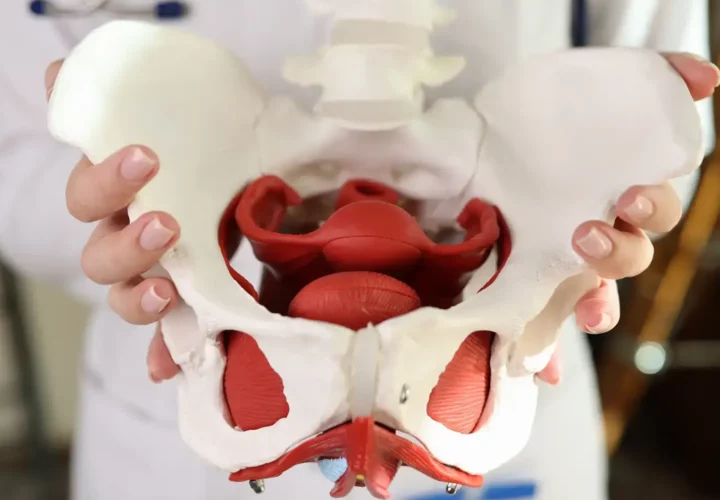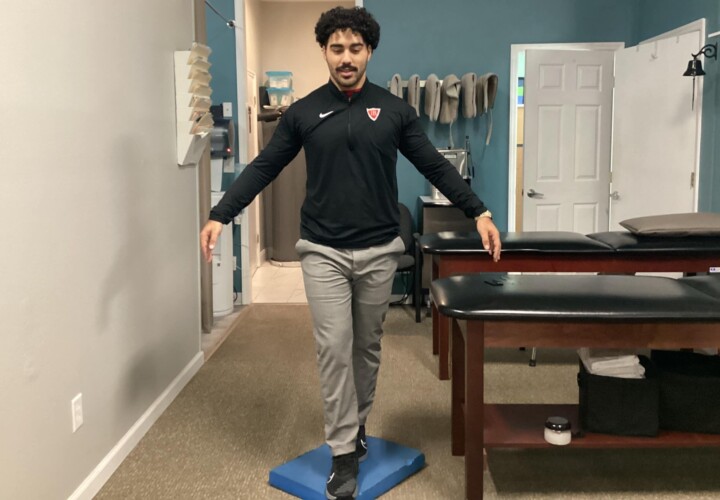Altitude Masks are for the fitness nuts and amateur competitors like me always trying to get a bit of an extra push!
One technique used by elite athletes to improve their overall oxygen capacity is called “altitude training”. It’s more or less exactly what it sounds like! You simply train at a higher altitude than you are used to. Specifically at altitudes with “thinner atmosphere” which affects the overall amount of oxygen available with any given breath of air. Essentially, the further away we are from sea level, the more “spread out” the molecules in the air are. In other words, less oxygen is physically getting inside your lungs. At baseline activity level this does not change very much. However, for athletes training at higher intensity with body’s in need of that oxygen to fuel them, their body needs to adapt a way to get as much oxygen as it can!
How it Works
Interestingly, the human lung actually does not exchange all of the oxygen taken in on a breath. Also, a large amount of what we are breathing out is actually still oxygen. This is because the amount of red blood cells passing through the lung during each breath are not enough to carry all of the oxygen being taken in. And when we breathe out the majority of that is still oxygen plus any carbon dioxide offloaded by those same blood cells.
However, the body is actually capable of making more red blood cells if needed. In cases like athletes training at altitude, the body often will do exactly this. This means that this is greater capacity to carry what oxygen is taken in during a breath, minimizing the effects of this thinner air! Once an athlete who has been doing this training returns to compete at sea level, they often have an easier time with aerobic activities than someone who did not. In return, this gives them a significant edge! After a period of time at sea level this adaptation will go back to normal. But in the short term for a competition it can be great!
The Science Behind it
However, for most of us, a trip to Colorado to train for a few weeks is not reasonable. So someone came up with an interesting idea! What if we made it harder to breathe in the oxygen at sea level by making a mask to limit how much air is getting in per breath?! That might just do the trick!
Well, the science is finally in, and unfortunately we did not see a major change in red blood cell volume. What we did see, however, was that the muscles responsible for forcefully inspiring did get stronger in athletes training with these masks! Essentially, they were able to more easily take air into their lungs, even if they weren’t carrying more oxygen per breath.
This actually makes a lot of sense when you think about it. Masks do not limit any particular molecule from coming through, so the density of molecules per breath is the same. It just takes a bit more effort to get that same amount of air into our lungs! So, instead of adapting the oxygen carrying system, our body will adapt the system responsible for the deficit; if we’re getting less overall air in our lungs, we’ll make that easier to do!
So, this is not to say that altitude masks “don’t work”. They can serve a great benefit for athletes who need to intake large amounts of air in a single breath. However these masks do not actually simulate the adaptations of altitude training to limit oxygen density. So we will not see the change in red blood cell volume. Breathing in sport might be easier for people using these masks during training, but for a very different reason!



